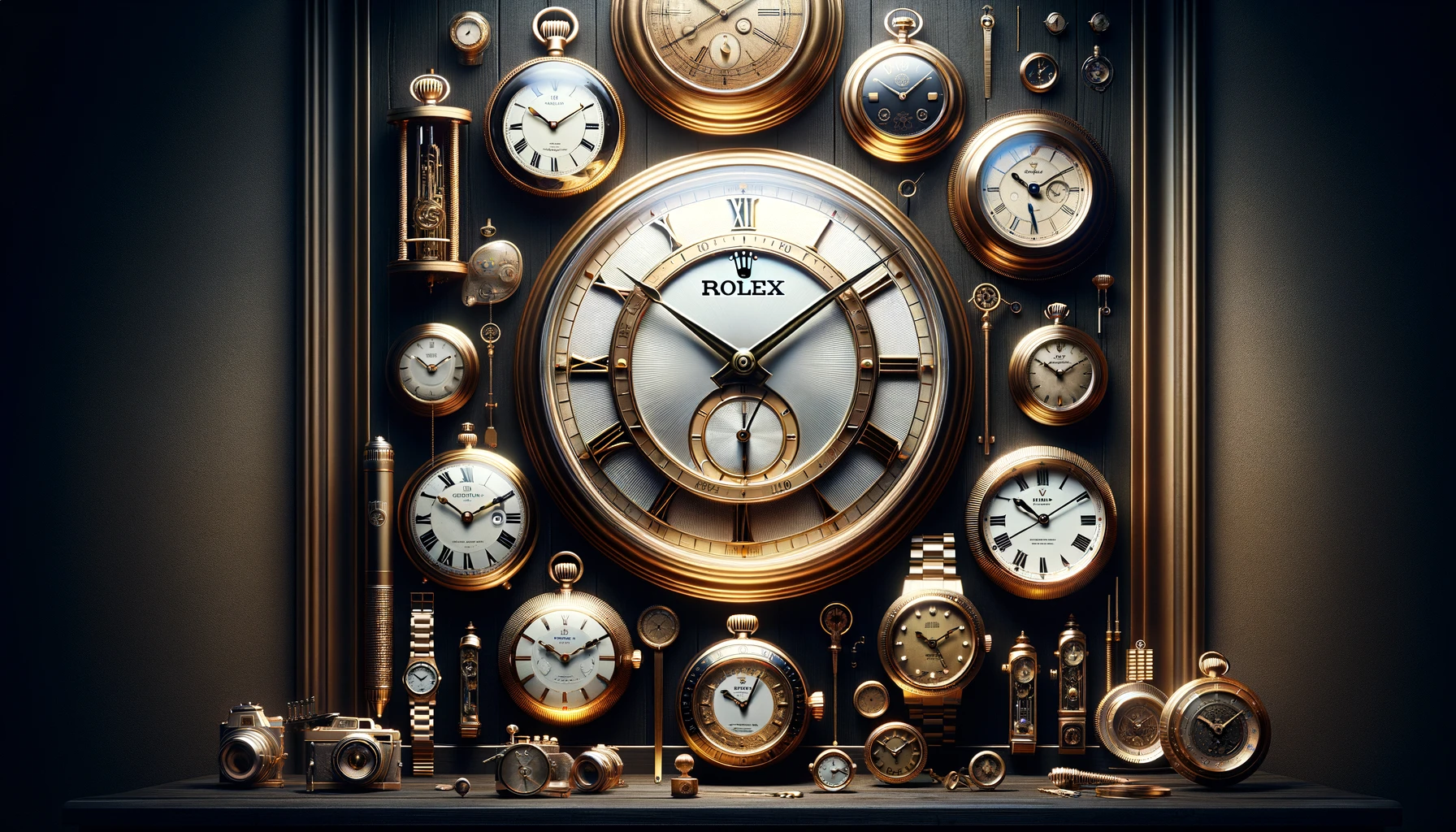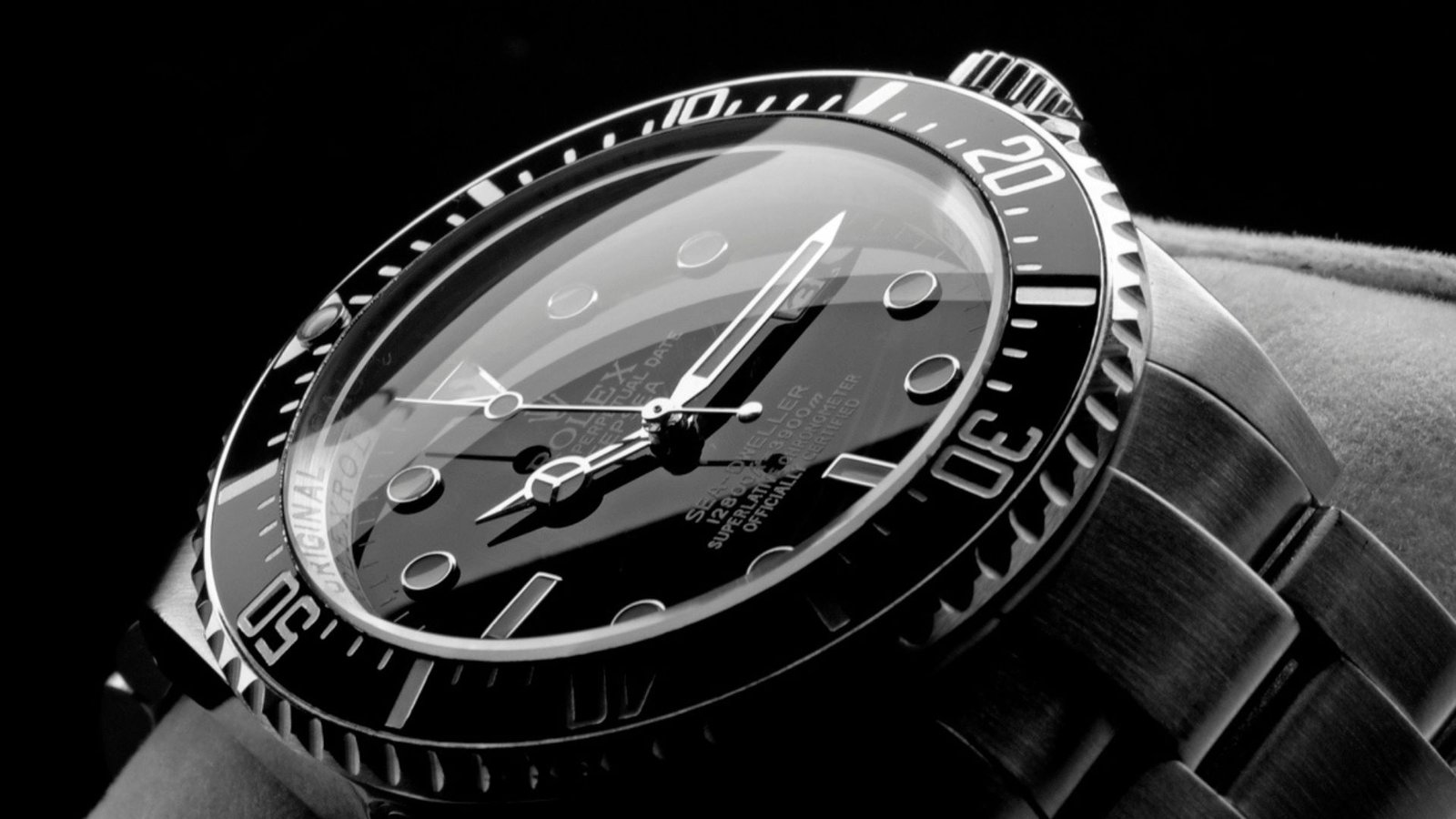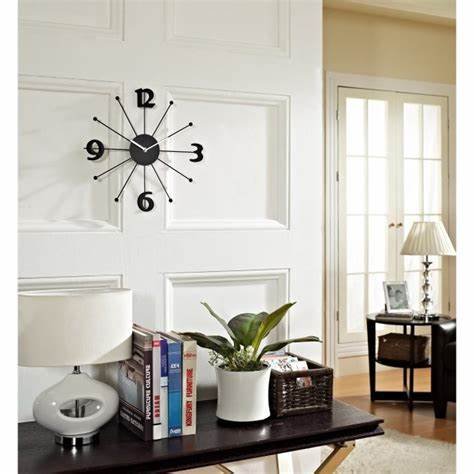Antique clocks hold historical value and timeless beauty, making them highly sought after by collectors. However, identifying and authenticating genuine antique clocks can be challenging, especially with the abundance of reproductions on the market. Understanding the subtle details, from craftsmanship to maker marks, is essential in determining the clock’s authenticity and value.
Here’s a comprehensive guide to help you identify and authenticate antique clocks.
1. Understanding the Types of Antique Clocks
Before diving into the identification process, it’s important to understand the different types of antique clocks. Each type has unique characteristics that make identification easier:
- Grandfather Clocks: These are tall, freestanding clocks with long pendulums, often housed in wooden cases. They became popular in the 17th century.
- Mantel Clocks: Small and decorative, mantel clocks were designed to sit on a shelf or mantelpiece. They typically feature intricate designs and were popular during the 19th century.
- Wall Clocks: Hanging clocks, often used in public spaces or homes. Their designs can vary from simple to highly ornate.
- Bracket Clocks: These are smaller, portable clocks designed to be placed on brackets. Often seen in 18th-century designs, they feature detailed craftsmanship.
Knowing the type of clock you are working with provides the foundation for further authentication.

2. Examining the Clock’s Craftsmanship
The craftsmanship of an antique clock can reveal a lot about its authenticity and value. High-quality materials, precision in construction, and the overall finish are important indicators of an antique clock’s legitimacy.
Materials:
- Wood: Most antique clocks, especially grandfather and mantel clocks, were made from high-quality wood such as oak, mahogany, or walnut. The presence of hand-carved details can be a sign of authenticity.
- Metal: Brass was commonly used for clock mechanisms, pendulums, and dials. Antique clocks may have tarnished brass, which shows signs of age, while reproductions may have shiny, new metal parts.
- Glass: The glass covering the clock face is usually thicker and less uniform in older clocks, due to imperfections in glass-making techniques.
Mechanism:
- Antique clocks were often handmade, so the internal mechanisms may not be as perfectly symmetrical as modern machine-made parts. Look for gears and cogs that show signs of handcrafting.
3. Checking for Maker Marks and Signatures
One of the most reliable ways to authenticate an antique clock is by identifying the maker’s mark or signature. Many clockmakers, especially those from the 18th and 19th centuries, signed their clocks with engraved marks, labels, or stamps.
Where to Find Maker Marks:
- On the Dial: Some clockmakers signed their names on the clock’s dial, usually near the center or around the edge.
- On the Movement: Open the back of the clock to inspect the mechanism. Many clockmakers left their marks on the metal plates or the back of the movement.
- Inside the Case: In some cases, clockmakers would leave signatures or labels inside the wooden case, often at the base or on the door.
4. Identifying Famous Clockmakers
Familiarizing yourself with well-known clockmakers can help you identify valuable antique clocks. Some famous clockmakers include:
- Thomas Tompion: Known as the “father of English clockmaking,” his clocks are prized for their precision and craftsmanship.
- Seth Thomas: An American clockmaker whose clocks, especially from the 19th century, are highly collectible.
- Gustav Becker: A German clockmaker known for his wall and mantel clocks, often stamped with his signature on the movement.
- Junghans: Another prominent German clockmaker, specializing in high-quality wall clocks and alarm clocks.
Researching the maker’s history and noting their typical designs can help confirm a clock’s authenticity.
5. Investigating the Clock’s Provenance
The provenance, or history of ownership, adds to an antique clock’s authenticity. Antique clocks with a clear, documented history of ownership, especially if they’ve been passed down through generations, are more likely to be authentic and valuable.
If possible, ask for documentation that traces the clock’s origin. Auction house records, family histories, or purchase receipts can offer valuable insights into the clock’s past and confirm its authenticity.
6. Dating the Clock
The style, design, and materials of an antique clock can often help to pinpoint the period in which it was made. For example:
- Baroque Clocks (17th-18th Century): Elaborate, ornate, and heavily decorated, often with gilded finishes.
- Victorian Clocks (19th Century): Frequently feature intricate carvings, floral motifs, and a blend of different materials.
- Art Deco Clocks (1920s-1930s): Sleek, geometric designs with the use of chrome, glass, and bold colors.
Knowing the clock’s historical period helps validate whether the design and features align with the era it claims to be from.
7. Avoiding Common Reproductions
Reproductions of antique clocks are common, and while some are well-made, they don’t carry the same historical value. Watch out for:
- Too-new Materials: If the clock appears too pristine, with unblemished wood or shiny brass, it might be a reproduction.
- Misleading Maker Marks: Some reproduction clocks falsely bear the names of famous makers. Always cross-check the mark with known historical records.
- Mass Production Features: Reproductions often lack the handcrafted details of genuine antiques. Machine-made components or overly symmetrical parts may be a sign of a fake.
Conclusion: The Art of Identifying Authentic Antique Clocks
Identifying and authenticating antique clocks requires a keen eye for detail, historical knowledge, and an understanding of craftsmanship. From examining materials to locating maker marks, every element of the clock provides clues to its authenticity. Whether you’re a seasoned collector or a beginner, taking the time to properly identify antique clocks ensures that you’re investing in a genuine piece of history.





kixGiv fnRktNWh oQJcRkRu FKXv cWOtq
Hey, thought I’d share my experience with 68bet1. It’s a solid platform with a pretty good selection of games. Might be your new favorite spot! Give it a go: 68bet1